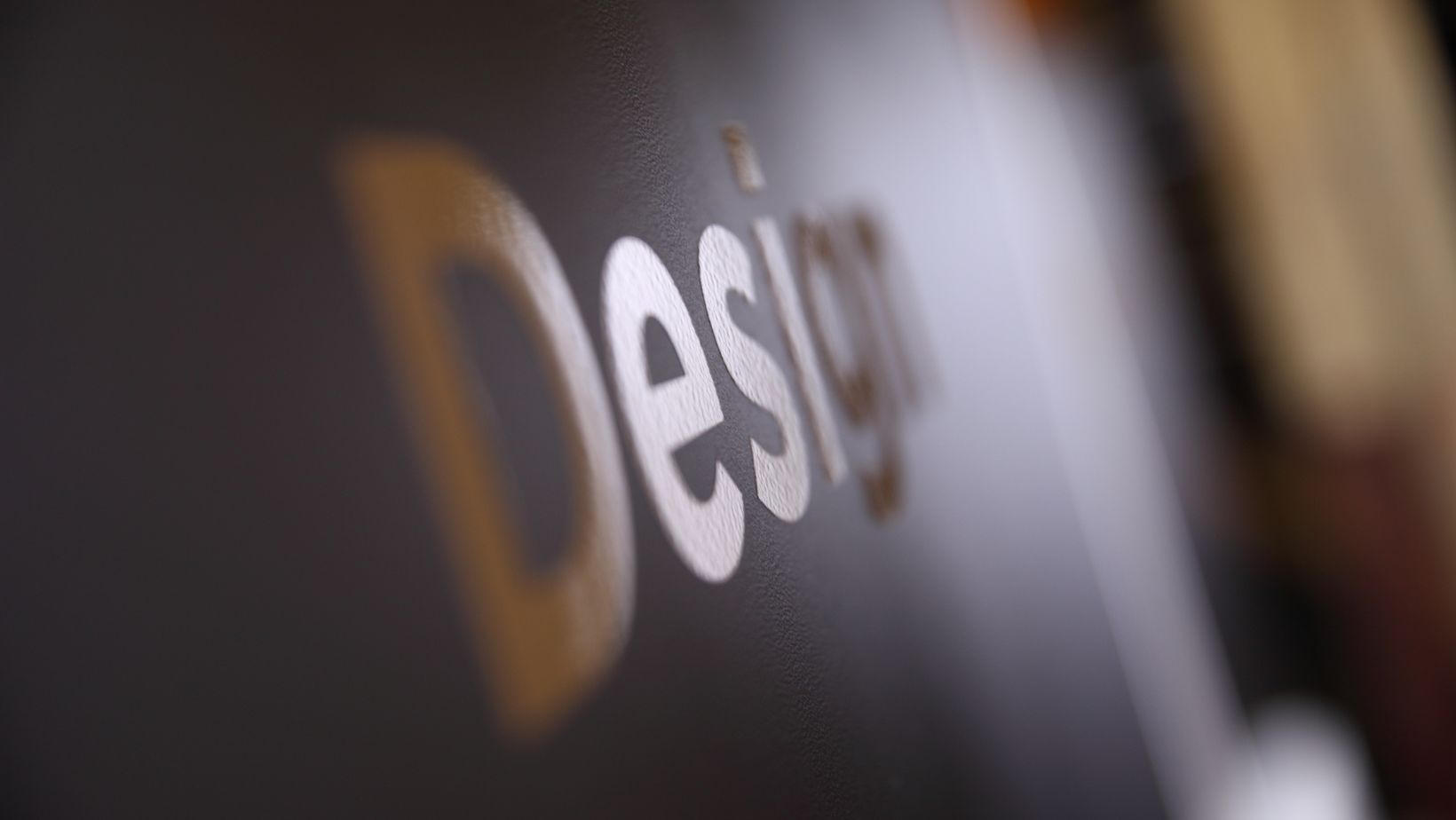
Mockups are an essential tool for designers looking to elevate their work and communicate ideas clearly. By integrating mockups into your workflow, you can visualize your designs in real-life scenarios, making it easier to spot flaws and refine details before final production. This process saves time and effort by providing a tangible preview without the need for physical prototypes. Whether you’re a seasoned professional or just starting, prototypes help bridge the gap between concept and reality, giving your work a polished, professional look.
Streamlining Design with Quality Visuals
Using prototypes enhances your design workflow by providing context to your creations. When you place a logo, pattern, or artwork onto a realistic product, clients and collaborators immediately understand how the final output will appear. This contextualization improves communication and speeds up decision-making, reducing back-and-forth revisions. According to Aida González Vázquez , “Using automatic mockup generators has two main perks. The first advantage is that it’s easy to get quality images without putting in a lot of effort. The second reason why we’d recommend it is the fact that you’ll get an accurate image of what your product will look like.” Such tools allow you to generate stunning presentations swiftly, keeping your workflow fluid and efficient. However, to make the most of these tools, it’s essential to choose designs that align with the overall tone and objectives of your project. For example, a sleek and modern mockup would be more appropriate for a tech startup, while a warm, handcrafted aesthetic might suit a boutique brand better. Matching the visual context with the brand’s story enhances its impact.
Choosing Between Automatic Generators and Custom Mockups
When selecting mockups, you face two options: automatic mockup generators or handcrafted custom scenes. Automatic generators are perfect for speed and convenience, offering a range of stock images where your design can be instantly placed. However, as Vázquez points out, “The downside of this option is that you are limited by the stock images that the mockup generator provides. You won’t be able to recreate appealing layouts, and it will be harder to find images with a context.” On the other hand, creating custom prototypes gives you full creative control and allows for tailored layouts that suit your unique vision. While this method takes more time, it can significantly enhance the storytelling aspect of your design. Custom mockups also enable designers to showcase their unique artistic capabilities, adding a personal touch that sets their work apart. For example, creating a bespoke scene for a high-profile client not only elevates the presentation but also demonstrates your commitment to delivering exceptional results.
Integrating Mockups for Better Feedback and Collaboration
Mockups serve as a powerful tool for gathering meaningful feedback from clients or teammates. Presenting a design on a realistic template makes critique more precise and productive, as everyone can see how the project will look in its final form. This clarity helps avoid misunderstandings and aligns expectations early in the process. Additionally, prototypes boost your confidence when sharing your work, as the polished presentation conveys professionalism. Incorporating them routinely into your workflow fosters smoother collaborations and ultimately leads to stronger, more refined results. For remote teams, mockups also act as a bridge, ensuring seamless communication regardless of physical distance. Tools that support collaborative editing and annotation make it easier to implement changes in real-time, further reducing delays and misinterpretations.
Practical Tips for Using Mockups Effectively
To maximize the benefits of mockups, consider these best practices:
-
- Choose prototypes that closely resemble your final product for authentic representation.
-
- Use high-resolution images to ensure your designs look crisp and professional.
-
- Customize mockups where possible to better match your brand’s style and message.
-
- Balance speed and quality by combining automatic generators with occasional custom mockups.
-
- Keep an organized library of your favorite mockup templates for quick access.
Experiment with various lighting and shadow effects to make your mockups appear more dynamic and realistic. Small adjustments in perspective or texture can significantly enhance the visual appeal, making your design stand out even more. By following these tips, you can seamlessly integrate prototypes into your design process and enjoy a more creative, productive workflow.
Conclusion
Incorporating mockups into your design process transforms abstract ideas into tangible visuals that inspire confidence and clarity. They save time, improve communication, and help you present your work professionally. By balancing quick automatic mockup generators with custom-crafted scenes, you maintain both efficiency and creative freedom. As you use models to gather precise feedback and showcase your designs realistically, your workflow becomes smoother and more productive. Embrace prototypes as an essential part of your toolkit, watch your designs and your process—reach new levels of excellence. Mockups are more than just a visual tool, they bridge the gap between concept and execution. They enable stakeholders to envision the end product, align expectations, and provide constructive input before development begins. By leveraging mockups effectively, you not only streamline collaboration but also minimize costly revisions, ensuring your designs resonate with the intended audience from the start.






